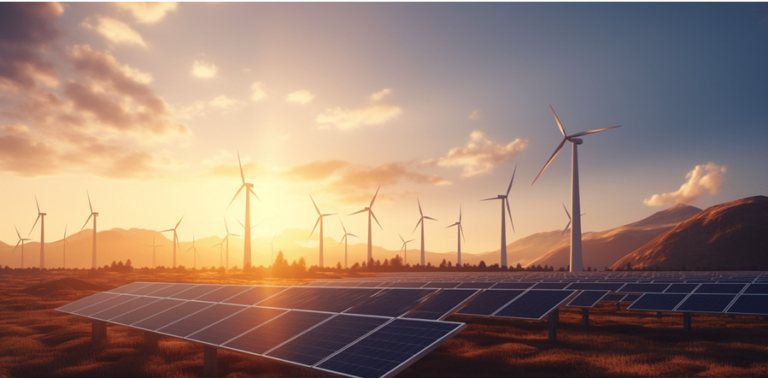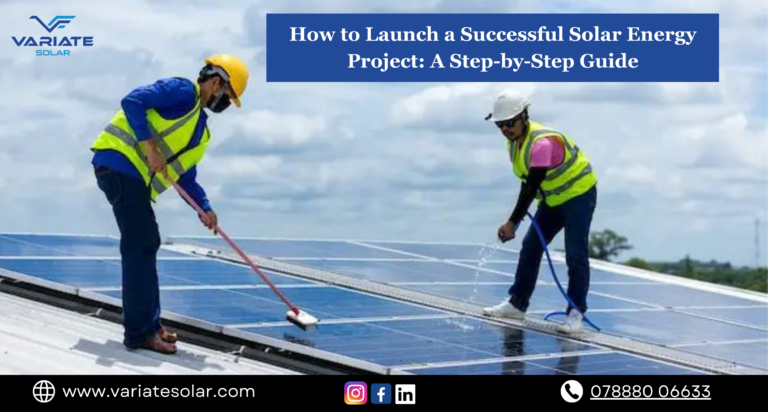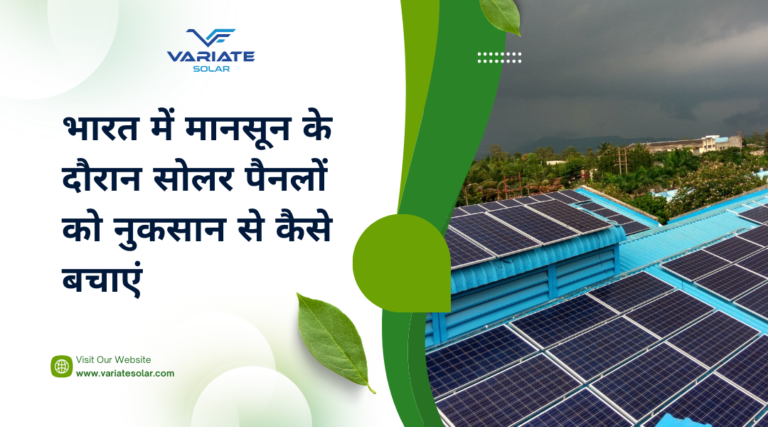What are critical parameters one should look at while switching to solar energy?
What are critical parameters one should look at while switching to solar energy?
The need for energy is growing quickly in the modern era, and non-renewable resources are insufficient to supply this need. Because they are plentiful and can satisfy energy demand, renewable energy sources like solar energy have gained prominence. It is essential to switch from non-renewable to renewable sources to address the global problems of pollution and climate change. One such renewable energy source that is gaining popularity among academics and the utility sector is solar energy.
Some of the critical parameters to look for are:
Right Inverter
The direct current (DC) power from a photovoltaic array is transformed into an alternating current (AC) via a solar PV converter. In isolated systems or grid tie inverters, these inverters are essentially employed to link the power plant to the grid. Because the efficiency of the grid-connected inverters that are now on the market ranges from 96% to 98.5%, selecting the right inverter during the design phase is essential. Inverters with efficiency ratings lower than 95% are also offered.
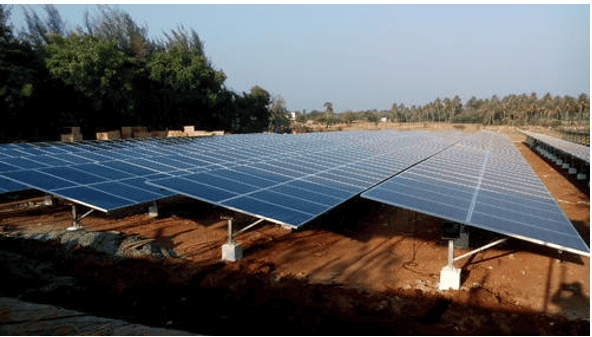
Warranty Factor Importance of Solar
A vital component of any solar energy purchase is a solar panel warranty. They assist you to stay out of trouble with the law, safeguard your money, and increase your return on investment. It is an assurance from the manufacturer that there won’t be any flaws with the panels for a predetermined amount of time. The solar panel’s warranty guarantees that it will keep up its good performance for the duration of its anticipated 25–30-year lifespan. Factors considered for warranty claims are:
- Product Defects and Failures
- Power Output Performance
- Environmental Factors
Sunlight Intensity and Incidence Angle
The amount of solar radiation or energy that enters the Earth’s surface is referred to as solar intensity, and it is determined by the angle at which the sun’s rays strike the surface of the Earth. The time of day, season, and geographic location all affect this angle. The most powerful impact is produced when solar radiation strikes the surface of the Earth at a 90-degree viewpoint. Generally speaking, though, the angle of incidence is lower, which means that more surface area is exposed to the sun’s rays and that the intensity of solar radiation is decreased. For example, at a 45-degree angle of incidence, solar radiation is roughly 30% less than at a 90-degree angle because of the distribution of solar energy across a wider surface area.
Radiation at the Site
The precision of the solar radiation data is the main prerequisite for any particular solar PV design. The main thing to consider is the technique for measuring data for precise setup. The data might be integrated over some time, typically one hour or day, or recorded instantly (irradiance). India has a great deal of potential for producing solar energy because of its position and nearly yearly sun exposure. In terms of hours of sunshine, India receives 3000 hours. This figure is equivalent to over 5000 trillion kWh. India receives 4–7 kWh of solar energy per square meter per day on average.

Losses In PV Systems
The power generated by the PV modules is more than the actual power transmitted to the electrical grid due to system losses. Numerous factors, including cable losses, power inverter malfunctions, dirt on the modules, changes in insolation levels, ambient temperature, or more, can contribute to this loss. A PV system’s design must take all potential loss scenarios into account.
Reflectance Efficiency
The quantity of light reflected rather than absorbed by solar cells determines their reflectance efficiency. Although the reflectance of silicon may reach up to 38%, many solar cells have a micro-pyramid form that lowers reflectance to around 11%. Reflectance may be further reduced to 1-2% by using sophisticated methods such as anti-reflective coatings and layering micro- and nano-sized arrays on bigger structures.
Thermodynamic Efficiency
At about 86%, thermodynamic efficiency is the highest attainable solar cell energy conversion efficiency. Up to this stage, solar cells can only produce electricity; any additional energy is converted to heat. Using multi-junction or tandem solar cells, which divide the solar spectrum into smaller pieces to maximize efficiency for each, is one way of improving efficiency.
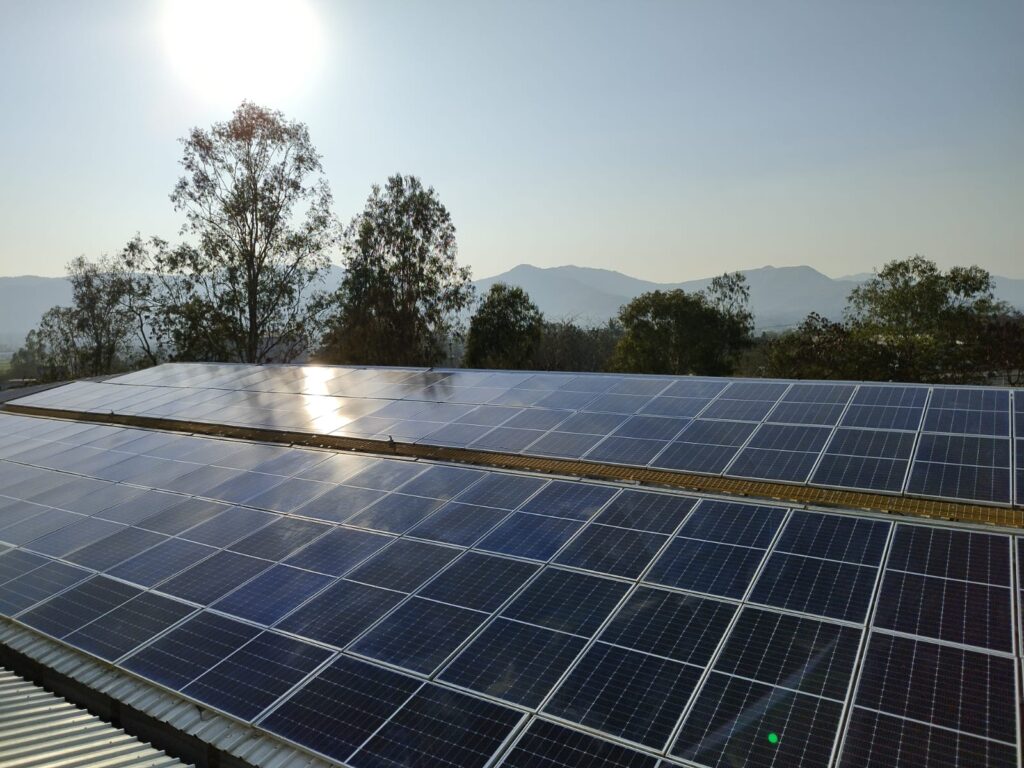
Temperature And Climatic Conditions
Standard Test Conditions are typically used to grade the module’s performance (STC). The modules’ performance has to fall into the categories of 1,000 W/m² of irradiance, AM 1.5 solar spectrum, and 25°C module temperature, according to the requirements. The solar module’s electrical properties are all temperature-dependent. When the temperature rises, the module’s output falls.
Conclusion (solar energy)
When choosing and assessing solar panels for performance, it is essential to comprehend the many aspects that influence solar panel efficiency. The total efficiency of solar panels may be increased and maximum energy output can be achieved with the use of suitable measuring techniques and monitoring protocols. So, contact Variate Solar to know more about solar panels and let our experts help you with your project.

